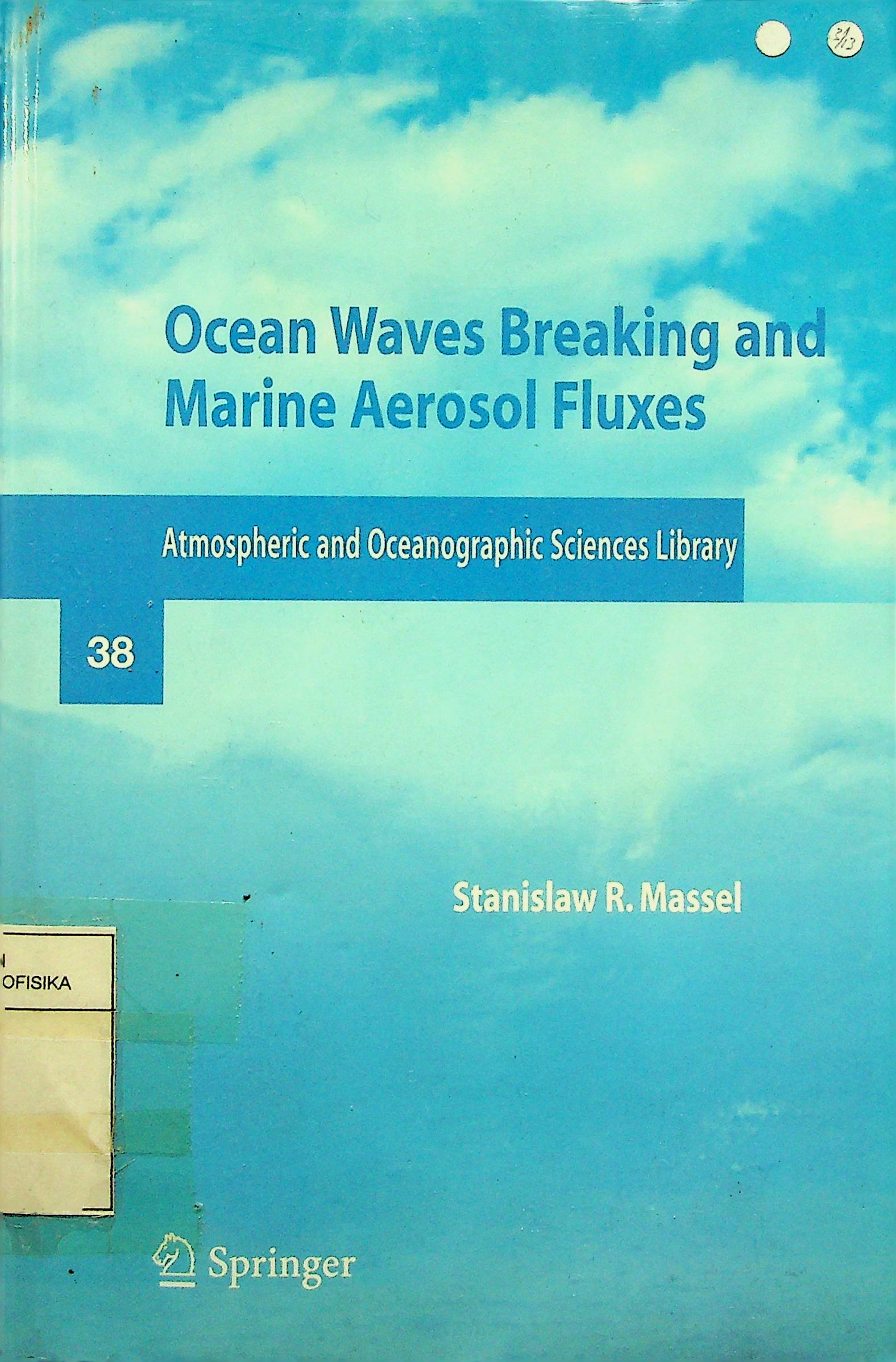The atmosphere and the ocean form a coupled system which exchanges heat, momentum and water at the air-sea interface. The interface is dynamic and masses and energy are continually transferred across the air-sea interface. The energy flow from the atmosphere to the ocean generates an aerodynamically rough sea surface. If the energy flow is sufficiently intense, at some points the surface waves will lose their stability and eventually break. Breaking is a verylocalized and non-stationary phenomenon that is a source of vorticity and turbulence. Dissipated energy becomes available for mixing the water layers and for whitecapping of various scales. Whitecapping is a strongly nonlinear process, which involves instability of the surface waves with space and time scales several orders of magnitude smaller than those associated with gravity wave motion. Whitecaps are usually formed at or near the crests of the larger waves and occur in groups with successivecrests breaking downwind of one another. Wave breaking is the dominant generator of the ‘primary’ marine aerosol (sea salt) and it is a major factor in the air-sea exchange of gases (including carbon dioxide). Most of the aerosol generated from natural waters is in the form of jet and film drops from the bursting of air bubbles (Monahan and Van Patten, 1989). The enriched aerosols associated with the ejected droplets are very im¬portant in maintaining a source of salt-laden cloud condensation nuclei as well as interfacial fluxes of trace constituents, including bacteria, viruses, heavy met¬als, radioactivity and organic material (Kerman, 1986). The aerosol droplets, which can be very easily transported by wind over large distances, may trans¬fer water vapour, heat, pollutants and bacteria through the air-water interface. Moreover, foam and bubbles at the surface alter the reflectivity properties of the ocean surface. Therefore, accurate optical remote sensing of ocean produc¬tivity, measured for example by chlorophyll a, must account for the statistics of breaking. The heat and mass transfer associated with aerosols are of vital importance for aquatic fife and water quality, and on a global scale they are important factors for the Earth’s weather and climate changes.Much of the uncertainty in sea aerosol production and gas transfer exchange arises from weaknesses in the parameterization of wave breaking and related processes. Due to the high complexity and highly nonlinear nature of the phe¬nomena, wave breaking remains a hydrodynamic process that is still not fully known. Therefore, in this book, the mechanisms of wave breaking are discussed,
5
Ocean Waves Breaking and Marine Aerosol Fluxes
Stanislaw R. Masse!
Penerbit :
Springer Science+Business Media, LLC
Tahun :
2010
Buku Text
Ocean
-
No Scan91
-
No Klasifikasi551.470 2
-
ISBN-
-
ISSN-
-
No Registrasi65A/IV/2012
-
Lokasi Terbit-
-
Jumlah Hal28
-
Label551.470 2 Mas o
-
Versi DigitalYA
-
Versi FisikYA
-
Lokasi Rak Buku Fisik01/A/04
-
Jumlah Exemplar Fisik Tersedia1






